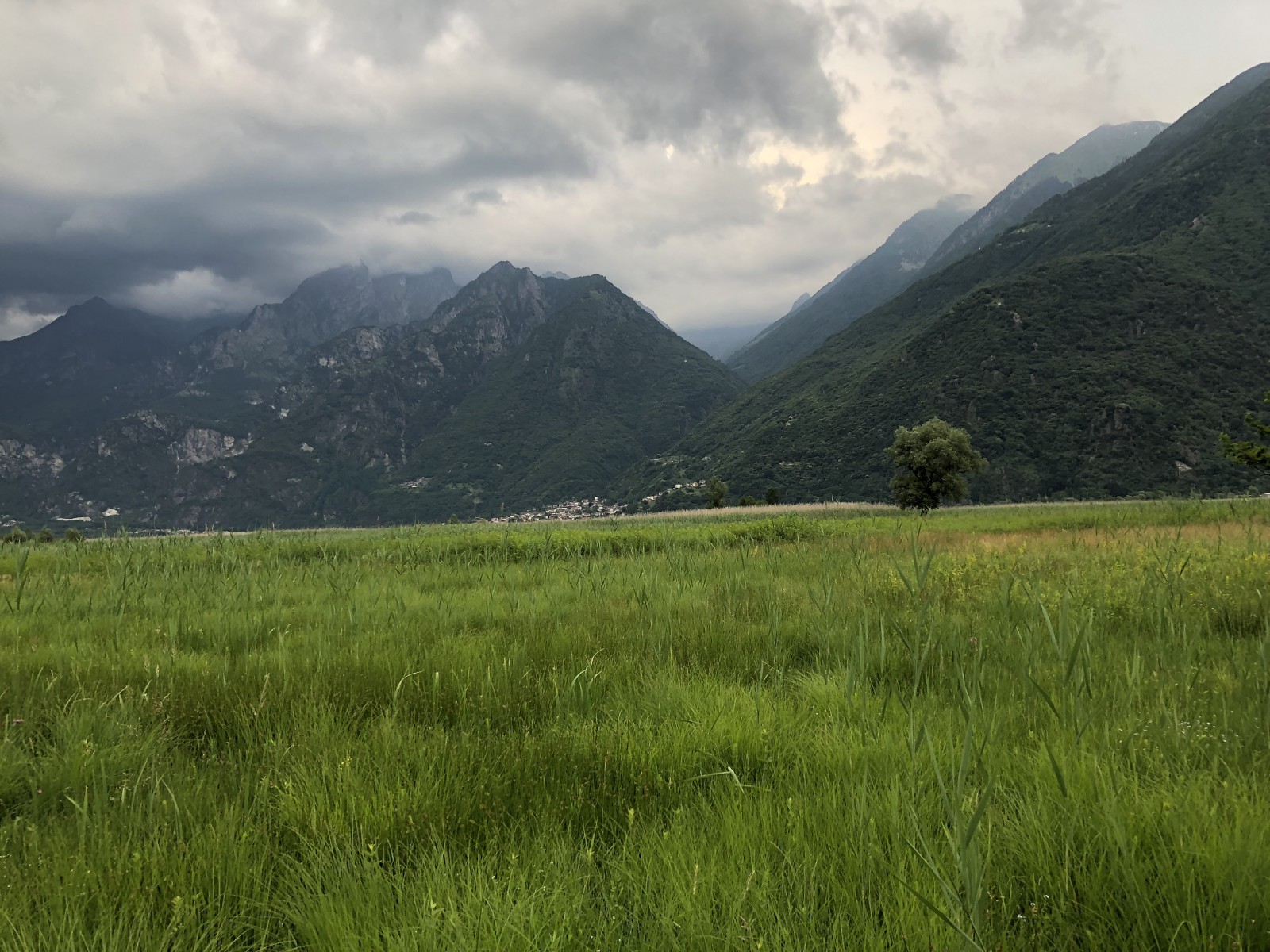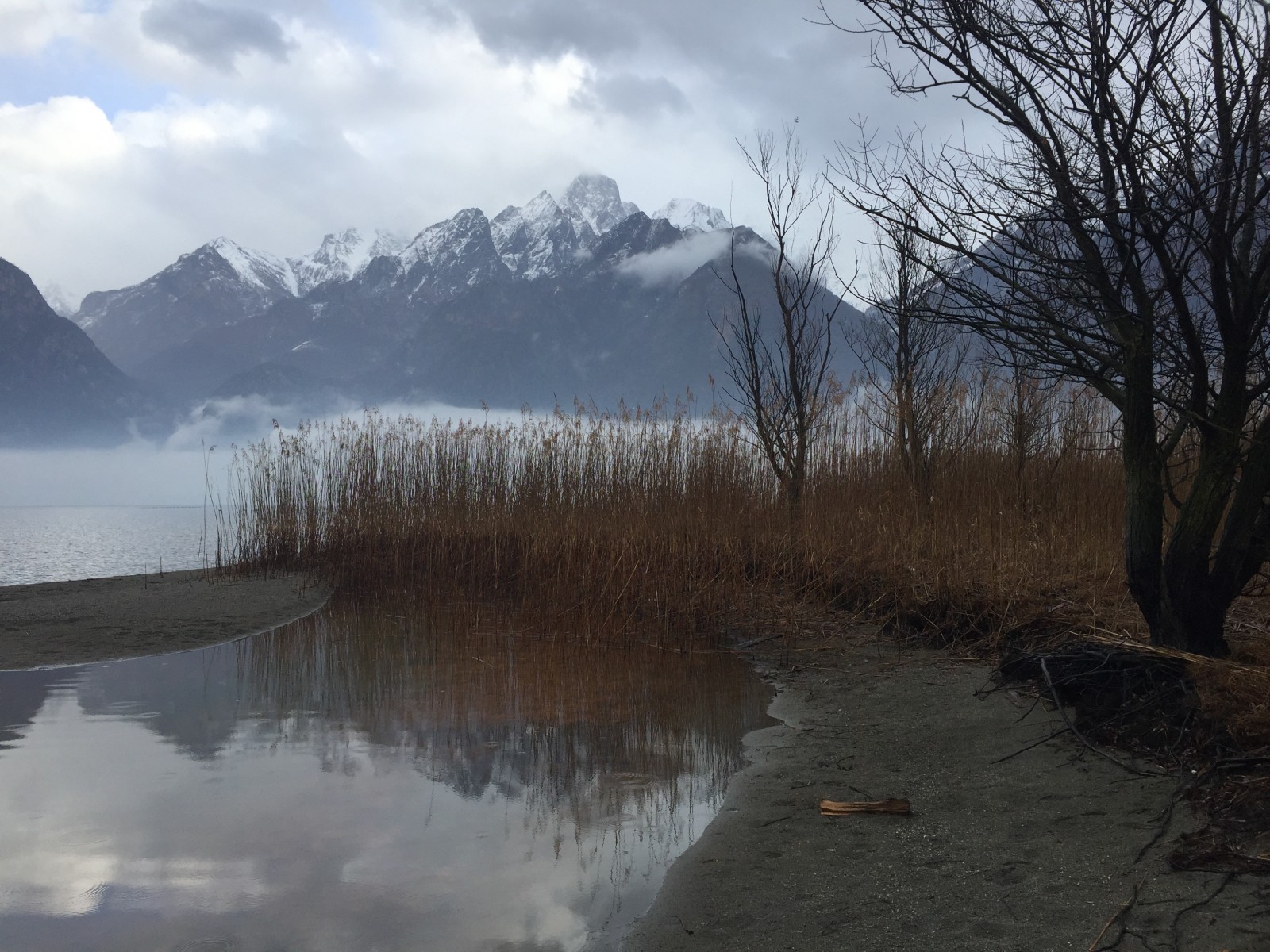Opis
The reserve includes Lake Mezzola as well as a flat wetland and agricultural area that separates it from the upper end of Lake Como. The site is surrounded by the Alps. This sites provides excellent year-round birding. During the winter months significant numbers of waterfowl and winter finches and raptors, while during migration and summer nesting waterbirds are joined by a diversity of migratory and nesting passerines. Some of the nice birds you can see here are perkoz rogaty, drzemlik, gąsiorek, kania ruda and bąk.
Szczegóły
Dostęp
By train: Milano/Tirano – departure Milano (Central Station) destination Sondrio/Tirano. Stop Colico if you like to see the southern part, otherwise change train: take the one direction Chiavenna and stop in Novate Mezzola. Here you can visit the northern part of the nature reserve. There is also a local station at Dubino (mid-way between Colico and Novate Mezzola) that is convenient for walking directly onto the reserve.
By car: – from Milano, Lecco take S.S.36 (Milano – Lecco – Colico) – from Como take S.S.340 Regina – from the north Passo Spluga (close in winter) and from passo del Maloja take S.S. 37.path n.1
Teren i siedlisko
Las , Tereny podmokłe , Jezioro , Rolnictwo/uprawy , Rzadkie drzewa i krzewy , Rzeka , TrzcinowiskaWarunki
Płaski , BagiennyTrasa dookoła
TakCzy luneta będzie przydatna ?
Może być przydatnaUdany sezon obserwacyjny
Przez cały rokNajlepszy czas na wizytę
Wiosna , Wiosenne migracje , Jesienne migracjeTrasa
Droga nieutwardzona , Szeroka ścieżkaPoziom trudności szlaku pieszego
ŁatwyDostępne
Pieszo , Rower , SamochódCzatownia/platforma obserwacyjna
NieLinki
- Link to eBird observation & bar chart
- Reserve Website (in Italian only)
- Helpful information (in English) about the reserve





